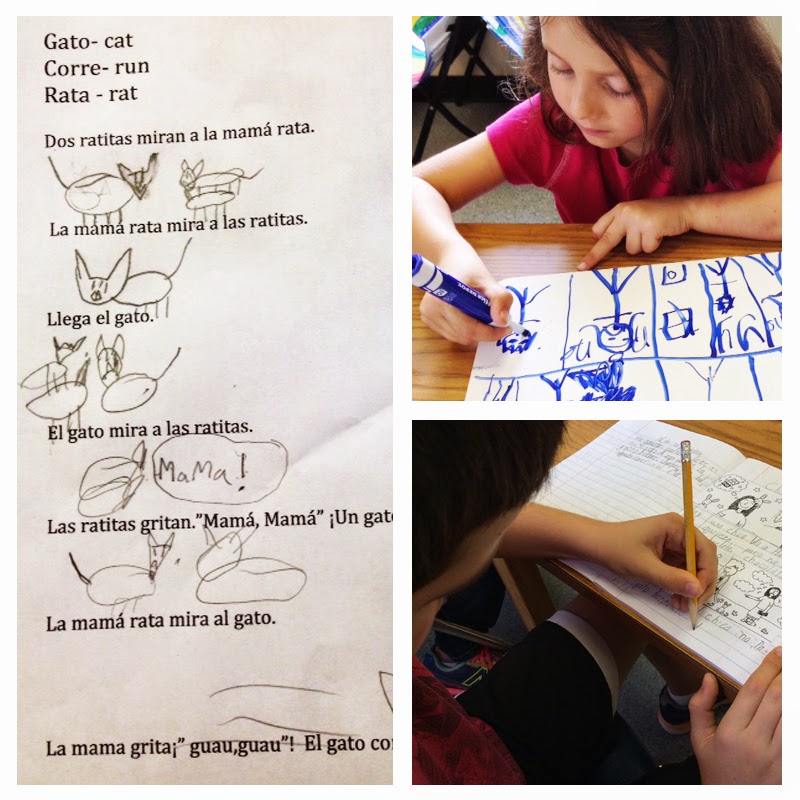Social and Emotional Development at the Early Childhoood Level
For the next several weeks, we will focus on the importance of social and emotional education. This week we will discuss current research and theory on social-emotional development, how Abintra embodies this knowledge, and how guides execute this type of learning in the early childhood program. Next week we will outline the stages of play and social interaction, and provide suggestions for how you can support your child's social-emotional development. The development of social skills is a life-long process that is affected by many factors such as individual temperament, sense of security, and level of autonomy. At Abintra, guides are sensitive to each child's strengths and weaknesses, and we work with them to become competent and empathetic community members. This guidance is the most profound influence that we can have on an individual child; this is an influence that extends far beyond our classrooms, or even our campus. Take a closer look at Abintra...






